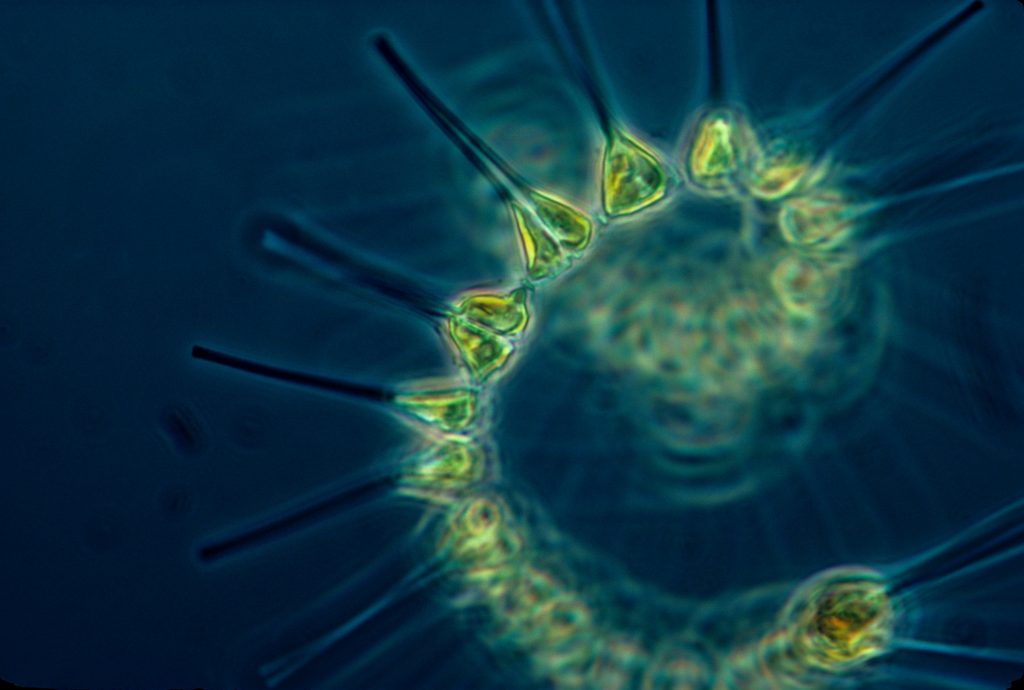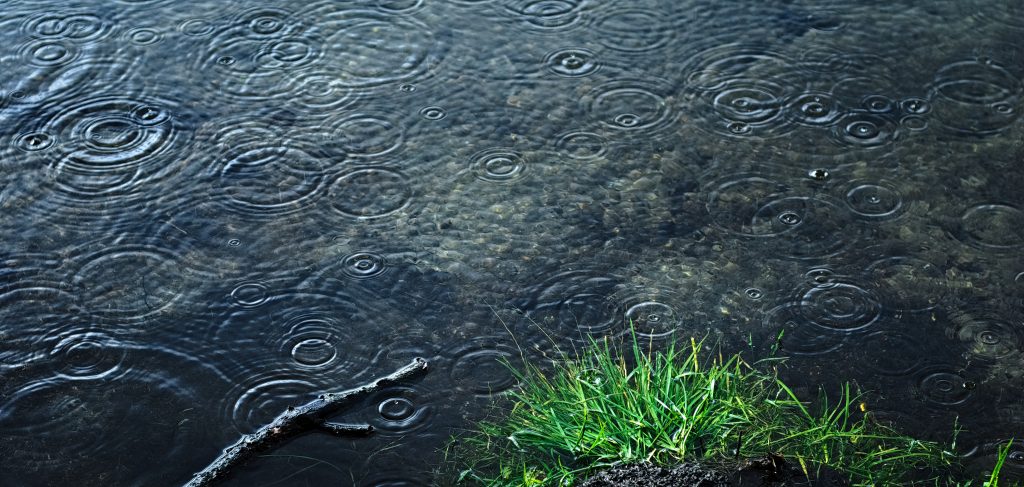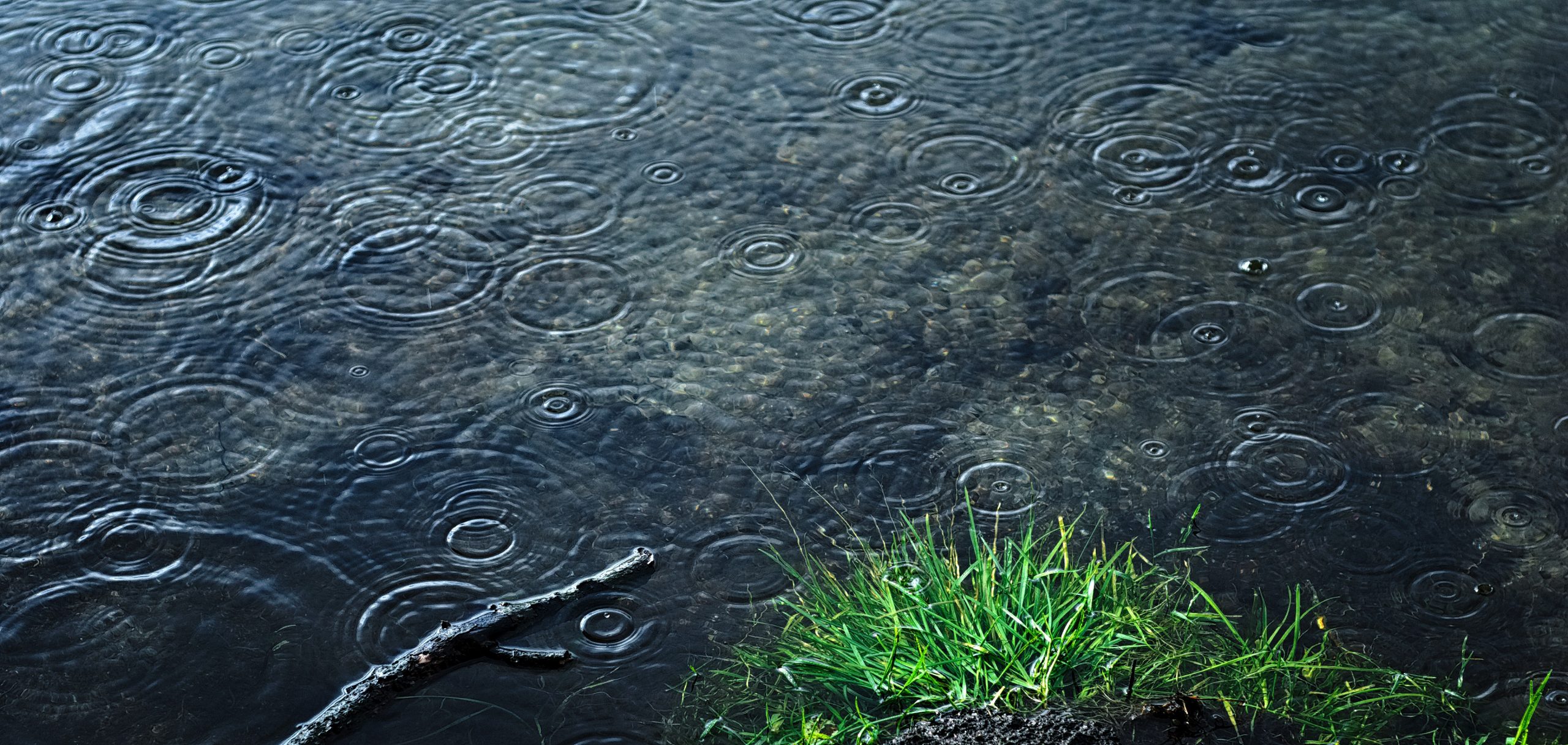
In a new study published in the journal Global Change Biology, a team of researchers from 20 countries highlight a gap in scientific knowledge about how stormwater might affect phytoplankton growth and the health of lakes and similar freshwater bodies. Because climatologists expect climate change to cause more intense and frequent storm events, the global research community needs to devote resources toward predicting the response of phytoplankton as these conditions change, study authors argue.
“We have a good idea of how lakes physically respond to storms: the water column mixes, water temperature changes, and sediments can be churned up from the bottom or delivered by rivers and streams to make the lake more turbid,” said Jason Stockwell, an aquatic ecologist and lead author of the study from the University of Vermont (UVM; Burlington), told UVM Today. “But the physical response of the lake is just part of the story. The biological impact of storms on phytoplankton and other plants and animals is fundamental to how lakes behave — and, as our study reveals, poorly understood.”
Much to find out about phytoplankton
The research team scoured more than 4,000 scientific papers published around the world, first searching for studies that mentioned both storms and phytoplankton. To narrow the results, the researchers then determined the number of papers that focused narrowly on how storms affect phytoplankton and water chemistry only in freshwater ecosystems, arriving at 31 studies published between 1961 and 2017.
Not only was available information on the topic sparse, Stockwell said, but conclusions about how phytoplankton responses differed based on factors like storm type, lake geography, or time of year often contradicted each other. Scientists also disagree on the specific processes by which intense storms affect lake circulation, which makes a crucial difference for phytoplankton proliferation.
According to the researchers, existing studies do, however, largely agree that high winds and precipitation associated with more frequent and intense storms can affect both water-column mixing and the behavior, amount, and composition of runoff swept into lakes. Additionally, lakes connected to rivers and streams likely will experience greater flushing due to higher flow rates. These small, hydrological changes have the potential to restructure entire phytoplankton communities in both the short- and long-term, the researchers write.
“If extreme weather events significantly change carbon, nutrient, or energy cycling in lakes, we better figure it out quickly,” Stockwell said. “Because lakes can flip, like a lightbulb, from one healthy state to an unhealthy one — and it can be hard or impossible to flip them back again.”
Unanswered questions
In their study, the researchers highlight key priorities on which future inquiries into the effects of climate change on phytoplankton should focus. The primary goal, according to the researchers, should be to establish dedicated, multi-disciplinary research efforts that connect modelers, limnologists, watershed experts, and other scientists.
Specific unknowns identified in the study include
- the best methodology for integrating physical and biological models to simulate the effects of extreme precipitation on phytoplankton;
- ways to improve long-term lake monitoring programs and technologies to better evaluate phytoplankton responses;
- the role played by the configuration and shape of lakes and watersheds on runoff and lake chemistry during intense precipitation; and
- the specific attributes of intense storms that have the greatest effect on lake chemistry.

Answering these questions is a critical element of protecting both the environment and public health, as countless communities around the world depend on lakes, reservoirs, and similar bodies as their primary source of drinking water, the researchers write. In North America, for example, the Great Lakes provide drinking water to more than 30 million people — comprising 10% of the U.S. population and more than 30% of the Canadian population, according to the U.S. Environmental Protection Agency.
“We must quickly learn more — so we can better respond to the very real and pressing threat of climate change on lakes around the world,” Stockwell said. “Without healthy lakes, we are all sunk.”
Read the team’s full study, “Storm impacts on phytoplankton community dynamics in lakes,” in the journal Global Change Biology.













